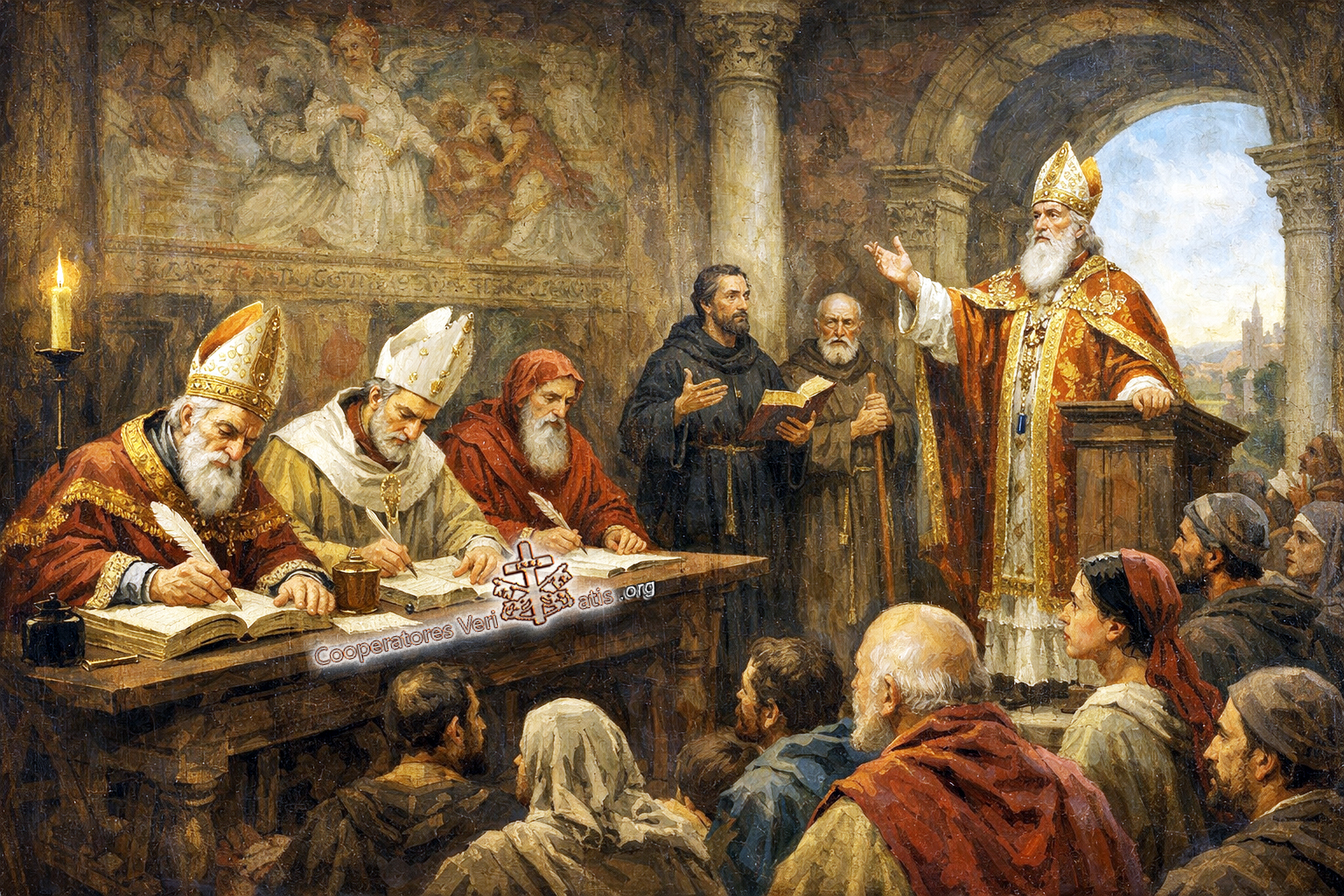What wrong have I done?
I do not find any reason to quit the cassock. I'm studying to be a priest and with my cassock I want to give witness to my belonging to Jesus Christ.
Blessed Rolando Rivi responding to members of his family who counselled him to get rid of the cassock, just before he was killed for wearing it.
CONGREGATION FOR THE
CLERGY
DIRECTORY FOR THE
MINISTERY AND THE LIFE OF PRIESTS
NEW EDITION
The Importance and
Obligatory Nature of Ecclesiastical Attire
61. In a secularised
and basically materialistic society where the external signs of
sacred and supernatural realities tend to disappear, deeply felt is
the need for the priest – man of God, dispenser of his mysteries –
to be recognisable in the eyes of the community by his attire as
well, and this as an unequivocal sign of his dedication and identity
as holder of a public ministry247. The priest must be recognisable
above all through his conduct, but also by his attire, which renders
visible to all the faithful, and to each person248, his identity and
his belonging to God and to the Church. Clerical attire is the
external sign of an interior reality: “Indeed, the priest no longer
belongs to himself but, because of the sacramental seal he has
received (cf. Catechism of the Catholic Church, nn. 1563, 1582), is
the ‘property’ of God. The priest’s ‘belonging to Another’,
must become recognisable to all, through a transparent witness. […]
In the way of thinking, speaking, and judging events of the world, of
serving and loving, of relating to people, also in his habits, the
priest must draw prophetic power from his sacramental belonging”249. For this reason the priest, like the transitory deacon, must250:
a)
wear either the cassock “or suitable ecclesiastical dress, in
accordance with the norms established by the Episcopal Conference and
legitimate local customs”251; when other than the cassock, attire
must be different from the way laypersons dress and consonant with
the dignity and sanctity of the minister; the style and the colour
are to be determined by the Conference of Bishops;
b) because of
their incoherence with the spirit of this discipline, contrary
practices are bereft of the rationality necessary for them to become
legitimate customs252 and must be absolutely eliminated by the
competent authority253. Outside of specific exceptional cases, the
non use of ecclesiastical attire may manifest a weak sense of one’s
identity as a pastor dedicated entirely to the service of the
Church254. Moreover, in its form, colour and dignity the cassock is
most opportune, because it clearly distinguishes priests from laymen
and makes people understand the scared nature of their ministry,
reminding the priest himself that forever and at each moment he is a
priest ordained to serve, teach, guide, and sanctify souls mainly
through the celebration of the sacraments and the preaching of the
Word of God. Wearing ecclesiastical attire is also a safeguard for
poverty and chastity.
247
JOHN PAUL II, Letter to the Cardinal Vicar of Rome (8 September
1982): Insegnamenti V/2 (1982), 847-849.
248
Cf. PAUL VI, Allocutions to the Clergy (17 February 1969; 17 February
1972; 10 February 1978): AAS 61 (1969), 190; 64 (1972), 223; 70
(1978), 191; JOHN PAUL II, Letter to Priests for Holy Thursday 1979
(8 April 1979), 7: l.c., 403- 405; Allocutions to the Clergy (9
November 1978; 19 April 1979): Insegnamenti I (1978), 116; II (1979),
929.
249
BENEDICT XVI, Address to the Participants at the Theological
Conference Organised by the Congregation for the Clergy (12 March
2010): l.c., 241.
250
Cf. PONTIFICAL COUNCIL FOR LEGISLATIVE TEXTS, Clarifications
regarding the Binding Nature of Article 66 of the Directory on the
Ministry and Life of Priests (22 October 1994): “Communicationes”
27 (1995), 192-194.
251
C.I.C., can. 284.
252
Cf. Ibid., can. 24, § 2.
253
Cf. PAUL VI, Motu Proprio Ecclesiae Sanctae, I, 25, § 2; SACRED
CONGREGATION FOR BISHOPS, Circular Letter to all the Pontifical
Representatives Per venire incontro (27 January 1976): EV 5,
1162-1163; SACRED CONGREGATION FOR CATHOLIC EDUCATION, Circular
Letter The Document (6 January 1980): “L’Osservatore Romano”
supplement, 12 April 1980.
254
Cf. PAUL VI, General Audience (17 September 1969); Allocution to the
Clergy (1 March 1973): Insegnamenti VII (1969), 1065; XI (1973), 176.
©
Copyright 2013 - Libreria Editrice Vaticana - 00120 Città del
Vaticano Tel. 06.698.81032 - Fax 06-698.84176 ISBN
978-88-209-8996-……………. www.libreriaeditricevaticana.com










%2010.51.46%E2%80%AFa.%C2%A0m..png)





















